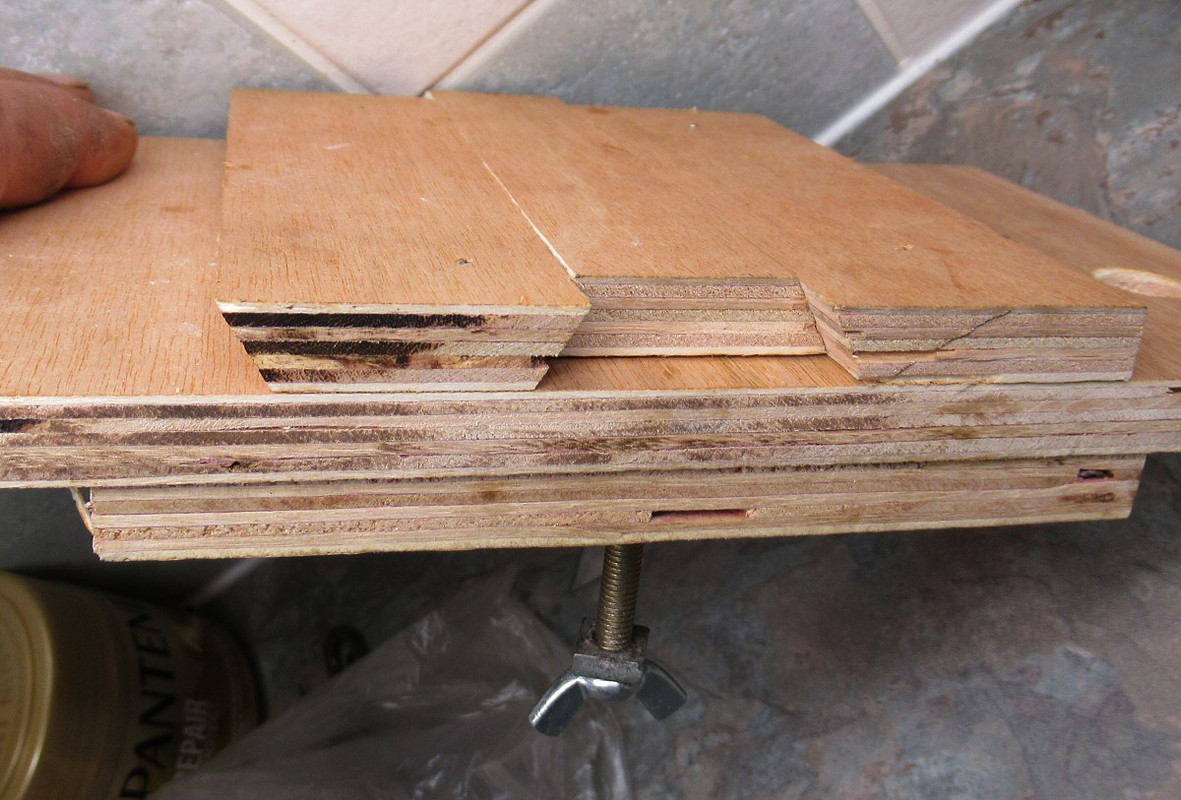Have you considered a T-slot? Possibly easier to do consistently and greater clamping area. Also, have you considered how you are going to feed the material into the work to start the cut? I have made something like this in the past:
The white base is attached to the band saw table and has a T-slot machined out along the full length. The green table, which carries the material, is pivoted on the red (RH) pivot which is fixed into the yellow T-shaped guide bar which in turn runs in the T-slot. This allows the diameter of the finished piece to be changed at will. There will need to be some means of locking the guide bar in place
The green table has a (purple) pivot point nearer to the blade (LH end). This is shown as a post, but realistically it might be a point or even a post with a circular table on it with multiple points on top to secure the work piece
The blue fence limits the swing of the green table. The idea is that the green tanble is swung anti-clockwise away from the bandsaw blade, material is loaded, then the bandsaw is started up. The greem table is the swung clockwise into position and locked (there needs to be some sort of lock, e.g a a magnetic catch). The material is then rotated clockwise through the blade to cut the circle.
Note: A false table also needs to be made up which is fed into the blade and clamped before starting a batch run - this reduces spelch on the exit side of the material (shown here in pink). This is exactly the same height as the top of the green table
This is quite an old principle, but avoids the need to cut the blanks dead to size and start the cut against the flat edge (which invariably leaves a flat that needs to be sanded out). If you want to see a commercial version of this, Google "Aigner CirQuick" and take a look at how they do it




